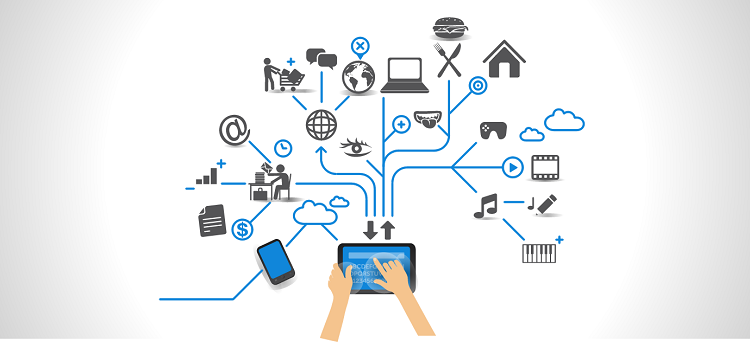Successful developments in technology frequently transform many aspects of our lives, with the business world being a key example. From typewriters to computers to remote networks, businesses have continued to adapt to changing technology and incorporate it to execute tasks more efficiently. This need to adapt isn’t optional but a do-or-die situation for most businesses.
If you’re not keeping up with the latest technological advancements that help, for instance, your recruiters coordinate vetter with a staffing agency, you’re not doing justice to your business performance potential. Change is coming, and you need to position yourself to be able to roll with it, or risk sinking under. This blog explores how this is the case with the procurement function.
New Technology Is Pushing Procurement to Fluidity
To put it succinctly, the procurement function acts as the channel that sources, acquires, and deploys any inputs a business needs. Procurement functions are a core business process in nearly every organization, regardless of size or nature of business. At the same time, the procurement function has historically been one of the most agile when it comes to adopting newer and more efficient technology. The procurement process, as well as procurement professionals, are now facing another fundamental shift in the functions and roles. And leading this transformation is the rise of cutting-edge technology such as AI, ML, RPA, and bots.
The Technology-Powered Industrial Revolution
Since the first Industrial Revolution, the global economy expanded considerably. Mass-production, assembly lines, labor unions, and many other facets of modern commerce can trace their roots back to that point in history. Since then, there have been other revolutions, such as with automation and computers. You will notice a pattern of emerging technology triggering industrial changes on a global scale. This is exactly what we are seeing today, in what is quickly gaining recognition as the 4th Industrial Revolution.
Since the procurement function has typically been among the first to respond and adapt to new technology, you can be sure to see the impact particularly strongly in the way modern procurement is changing. Even less than a decade ago, this scale of transformation would have been unimaginable. Thankfully, technology improves incrementally, and it does not necessarily progress linearly. So while we have better materials for more reliable and powerful computers, we also have much more powerful software governing them. We don’t just have wireless technology, we have cloud-hosting to manage operations from anywhere in the world. Smart devices are no longer limited to smartphones or tablets, but things like doorbells, cameras, thermostats, lights, and other sensors. All of this, in addition to breakthroughs in Artificial Intelligence and Machine Learning, are key transformational factors.
How Procurement Has Changed In The 21st Century
The biggest and earliest change this side of the millennium was introducing procurement ecosystems that integrated modern technology. This integration allowed for better management by unifying front-end and back-end processes into a single ecosystem. This helped procurement processes become much more streamlined, and also increased management transparency in terms of procurement spending. Towards the middle of the 2010s, businesses began to adopt more enhanced processes and integrated platforms, as better purpose-built software systems emerged.
By 2015, however, the next generation of business procurement technology began to emerge. Better and more sophisticated began to address historical pain points. They also came with stronger controls to ensure compliance while reducing fraud and other business risks. These systems also offered more enhanced visibility, along with data gathering and analytics to help procurement professionals come up with better strategies.
Procurement in 2021 and Beyond
As we head into the new decade, it is important to note certain potentially disruptive changes in procurement technology. Improved data processing and analysis technology make the job a lot easier and more accurate for procurement professionals in terms of strategic decision making. AI and robotic process automation can free up precious resources from repetitive but necessary tasks that can easily be handled by an AI system.
IoT networks make it easier to identify and remove process bottlenecks, and better performance measurement tools ensure procurement managers are always on top of things. And let’s not forget how automated chatbots in B2B use can potentially eliminate the need for human procurement personnel to reach out to other bases. Automation and integrated systems could potentially take on the bulk of the grunt work very soon.




